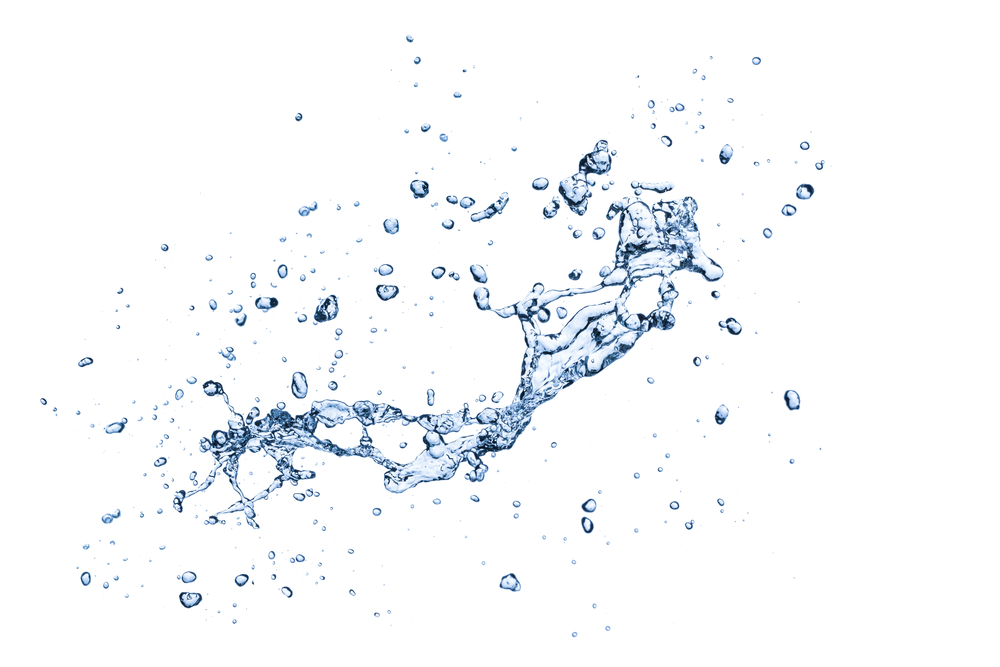Water safety in buy-to-let properties – what you need to know
Published on 23rd October 2018 by Laura West

There is a lot to consider when managing and letting property, and plumbing may not be top of your priorities. However, perhaps it should be, as it is estimated that Britons spend around £707 million each year on repairing their homes from water damage.
Here we discuss how to avoid water problems in your buy-to-let property and what signs to watch out for in fittings, taps, pipes, heating and plumbing.
Firstly, ensure you know where the internal stop tap is located within the property, and that you know how to switch it off in the event of an emergency. It is usually located underneath the stairs, kitchen sink, or in the garage, bathroom or utility room. Pass this information onto your tenants, should they need to switch off the water.
Check the property’s boiler, its age and its service history. All gas appliances must be maintained to a safe condition, with boiler and gas safety checks conducted annually by a registered Gas Safe engineer. The record of this check should be passed to your tenants. If the tank is located in the attic, ensure it has a lid and is clean.
Keep an eye out for any radiators, boilers and taps which could be susceptible to leaks. Check for any clues of impending leaks, such as low water pressure, radiator rust, stains on the walls, carpets or floors, mould on walls and ceilings, dead or lush areas of grass in the garden. Fixing leaks will not only protect your property, but will also ensure your tenants are not paying too much on the water meter.
It is also useful to find out if the rental property has any water pipes constructed from lead. Drinking water that passes through lead piping can be potentially harmful, in particular to young children and pregnant women. In order to protect your tenant’s health, it is advisable to replace lead pipes with plastic or copper ones. One simple way to check for lead piping is to scrape it with a screwdriver; as lead piping will turn shiny if the surface is gently removed.
Ensure you know if the property has a water meter to inform tenants that they will be charged a fixed rate or for the quantity of water they use. Water meters are typically located within the property next to the stop tap or in the ground at the front of the home. If you are unsure of the location, contact the water supplier, who can tell you if the property has a water meter.
Whether hiring a plumber to fit an entire new bathroom or to fix a dripping tap, it is good practice to check that whoever you decide to employ to undertake this work is experienced and qualified to do so. Although you may feel you could fix leaks and change the tap washers yourself, unless completely confident in your abilities to conduct the work safely, it is recommended that a professional is hired, as they can protect the water supply quality and ensure good fittings are used.
Choosing an unqualified plumber could cost thousands of pounds in mistakes and damage to your property. When selecting a plumber, ensure you check their credentials and that they are registered with the Competent Person Scheme.
Property Deck enables professionals across the industry to manage people, properties and processes – all in one place, totally free. Even being GDPR ready, as well as offering an impressive number of other features and benefits – what have you got to lose? It’s the CRM for Property Managers and Agents.
Sign up here today.

